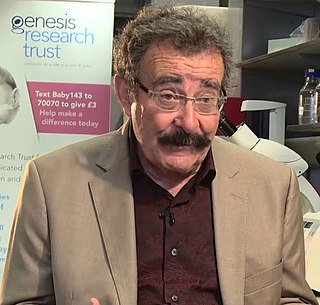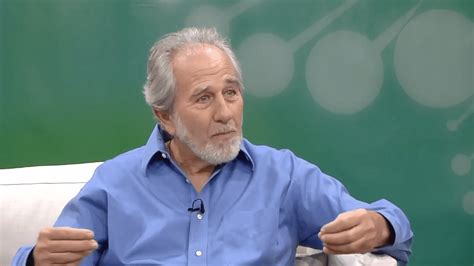A Quote by Ronald Ross
Lately, however, on abandoning the brindled and grey mosquitos and commencing similar work on a new, brown species, of which I have as yet obtained very few individuals, I succeeded in finding in two of them certain remarkable and suspicious cells containing pigment identical in appearance to that of the parasite of malaria. As these cells appear to me to be very worthy of attention ... I think it would be advisable to place on record a brief description both of the cells and of the mosquitos.
Quote Topics
Abandoning
Advisable
Appear
Appearance
Attention
Both
Brief
Brown
Cells
Certain
Containing
Description
Few
Finding
Grey
However
Identical
Individuals
Lately
Malaria
Me
New
Obtained
Parasite
Pigment
Place
Record
Remarkable
Similar
Species
Succeeded
Suspicious
Them
Think
Two
Very
Which
Work
Worthy
Would
Would Be
Related Quotes
Both in Britain and America, huge publicity has been given to stem cells, particularly embryonic stem cells, and the potential they offer. Of course, the study of stem cells is one of the most exciting areas in biology, but I think it is unlikely that embryonic stem cells are likely to be useful in healthcare for a long time.
Most of our brain cells are glial cells, once thought to be mere support cells, but now understood as having a critical role in brain function. Glial cells in the human brain are markedly different from glial cells in other brains, suggesting that they may be important in the evolution of brain function.
Cancer cells have a lot of other things that are really wrong with them, and we should never forget that these are cells that have become deaf to all the signals that the body sends out, such as you can multiply a certain amount, you can be in a certain place in the body, where to stay, where to move, and so on.
I have recently observed and stated that the serum of normal people is capable of clumping the red cells of other healthy individuals... As commonly expressed, it can be said that in these cases at least two different kinds of agglutinins exist, one kind in A, the other in B, both together in C. The cells are naturally insensitive to the agglutinins in their own serum.
The parasite that causes malaria edges through the cells of the stomach wall of the mosquito and forms a cyst which grows and eventually bursts to release hundreds of sporozoites into the body cavity of the mosquito ... As far as we can tell, the parasite does not harm the mosquito ... It has always seemed to me, though, that these growing cysts ... must at least give the mosquito something corresponding to a stomach-ache.





































